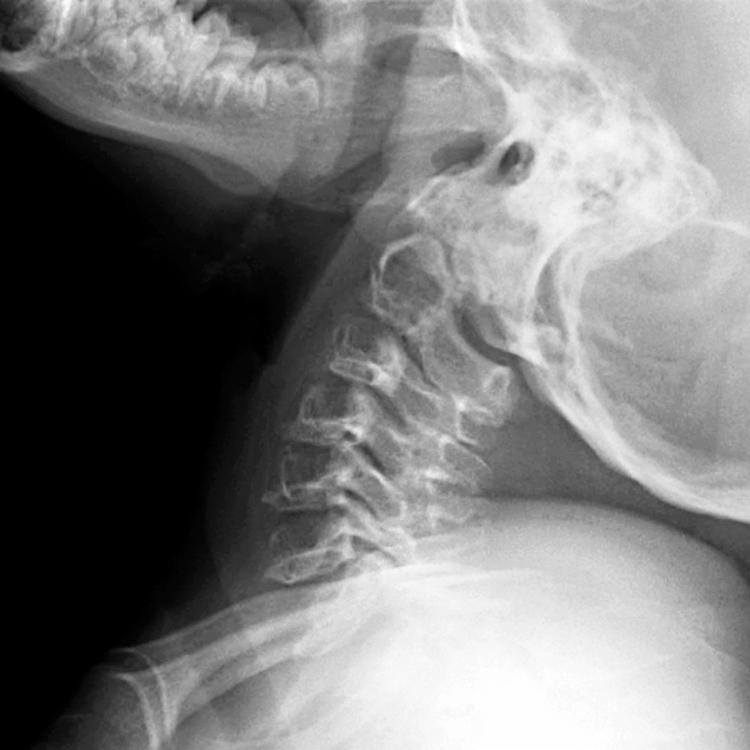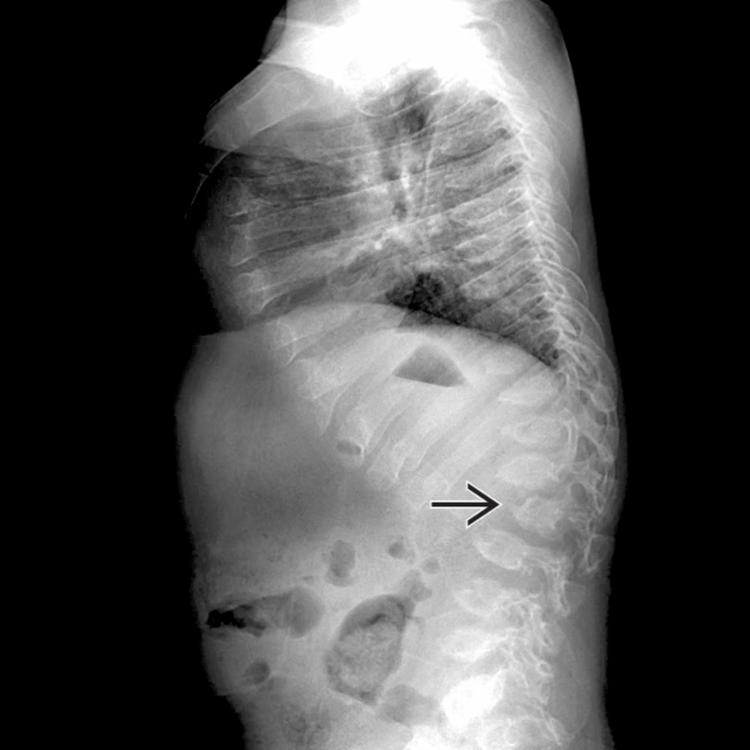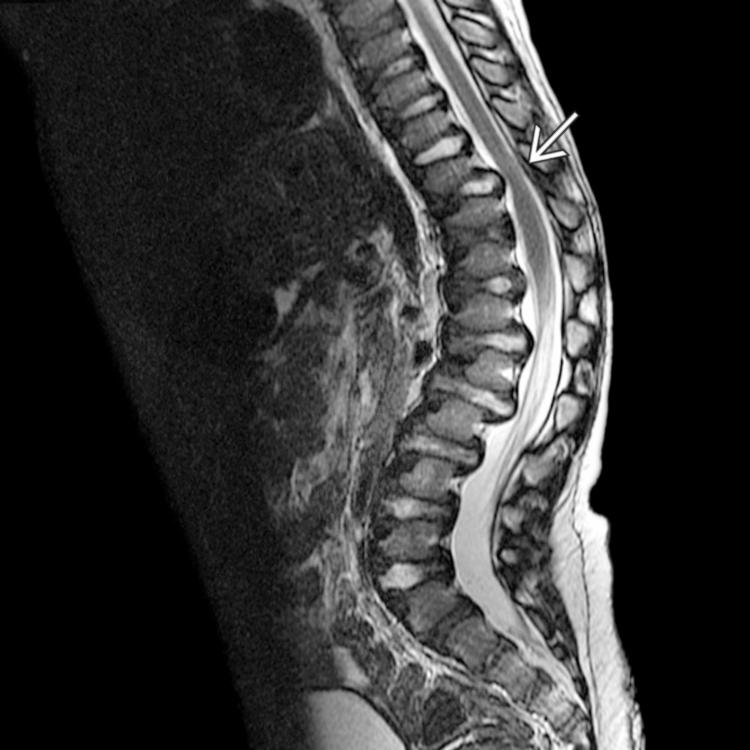Physical Address
304 North Cardinal St.
Dorchester Center, MA 02124
Spondyloepiphyseal dysplasia (SED)
Group of generalized skeletal dysplasias primarily involving vertebrae, proximal epiphyseal centers
Affected patients demonstrate short trunk, neck, and limbs with normal hand and foot size
Platyspondyly, vertebral hypoplasia & underossification, abnormal epiphyses
± pannus at C1/C2, os odontoideum
Delayed ossification of capital femoral epiphysis → femoral head flattening, premature osteoarthritis
Spondylometaphyseal dysplasia
Spondyloepimetaphyseal dysplasia
Multiple epiphyseal dysplasia
SED congenita
Abnormal type II collagen synthesis
SED tarda
SEDL gene mutation (vesicular transport protein)
SED congenita: Diagnosed at birth, short proximal limbs with normal hand, foot size
SED tarda: Normal appearance at birth, subsequent identification of disproportionately short stature in adolescence or adulthood
Consider SED congenita for platyspondyly, dysplastic epiphyses
Consider SED tarda in adults with short trunk, early symmetric large joint osteoarthritis




Become a Clinical Tree membership for Full access and enjoy Unlimited articles
If you are a member. Log in here